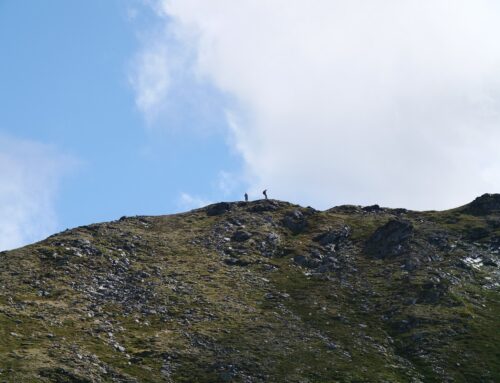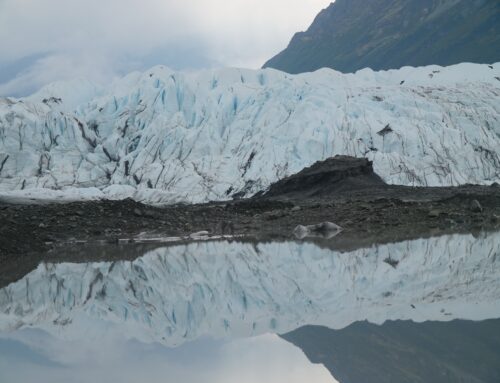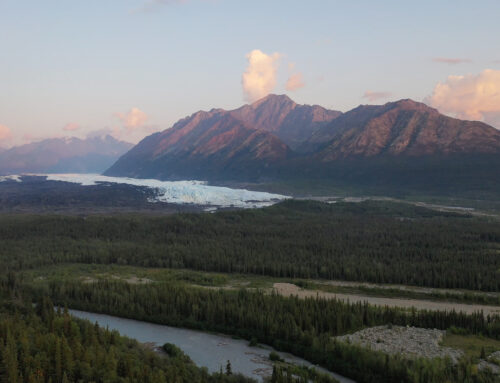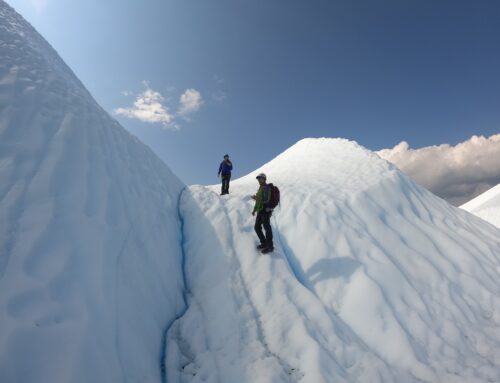Glacier Kettles
Once you step onto a glacier it becomes apparent just how immense the intricacies of ice can be. Ice features specific to glaciers like seracs, moraine, ice falls, and much more, offer exposure into the cause and effects of a glaciers natural movements. It is both chaotic and beautiful. And one of our favorite features amongst the hallmark arts of Alaskan ice are kettle ponds, sometimes known as kettle lakes.
What is a Kettle Pond?
Glaciers like the Matanuska, have kettle ponds near the toe of the glacier. You will find kettle ponds and lakes along valley and sometimes alpine glaciers. This is because as these glaciers melt, giant ice fins fall, crashing and making depressions in the earth below, and overtime, slowly melt away. After a whole lot of sun and warm temperatures, we are left to explore the meltwater ponds and lakes left behind.
As the warm season moves along the meltwater in these small pots becomes its own individual water system. Undisturbed by fresh and frigid meltwater coming from the glacier nearby. Since the ground and surrounding sediment are fully saturated already, the water is held in the pond and gradually warmed by the sun, hence they create a sort of “kettle” heating system for the water.
Exploring Kettle Ponds
Thinking of diving into a kettle pond this summer? If so, there are a few things to consider before diving in head first, literally and figuratively. Below are some of our pro tips and tricks.
Kettle ponds offer beautiful views, mirrors to the surrounding grandeur, and an opportunity to explore. So if you are up to take the plunge, slide right on into a glacier kettle pond. And, enjoy the experience with an element of geological history.






